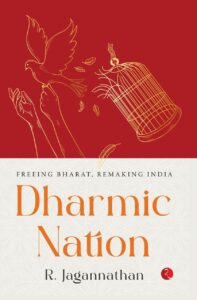 The book is on the issue of decolonization. It is very well written and touches all contemporary issues on nationhood, politics, religion and culture.
The book is on the issue of decolonization. It is very well written and touches all contemporary issues on nationhood, politics, religion and culture.
It systematically demolishes the myths propagated for decades , by the left liberals ; Desi and global.
R Jagannathan is a convertee from Secular to Dharmic : not because he is a bigot or was a bigot , but because the word secularism, a word coined by the West, totally loses the original meaning when applied to India. Secularism in India has become nothing but a tool for Anti Hindu propaganda. Swarajya , the Magazine he is the Editor of, stands for Right Liberalism.
When I started highlighting paragraphs while reading, soon I found that I was stopping at every other paragraph to do so. I have expressed some of these ideas in my own blog and it’s no wonder I tend to agree with these.
My own blog post on the Indian brand of Secularism written about 5 years ago
The book is organized into clear comaprtments , in xxx chapters:-
| 1 A Unique Pluralist Idea under Attack |
| 2 Are Hindu Rashtra and Hindutva Narrow Concepts? |
| 3 Savarkar Got It More or Less Right |
| 4 Our Constitution Written in the Wrong Language |
| 5 Freedom of Religion—or What Passes for It |
| 6 Defining Hindutva |
| 7 Varna–Jati and the Complex System We Inherited |
| 8 Why Hinduism Must Become a Missionary Religion |
| 9 The Demographic Challenge Hindus Face |
| 10 Love Jihad and Other Issues |
| 11 Creating a Hindu Ecosystem for Conversion |
| 12 The Case for Hinduism Lite |
| 13 How the System Works against Hindu Interests |
| 14 Ram Janmabhoomi, Kashi, Mathura and Deity Rights |
| 15 Small Gains, Big Challenges in ‘Free Temples’ Movement |
| 16 The Roadblocks to Equal Rights for Hindus |
| 17 A Return to Dharma for All Indians |
Shall touch upon some of these chapters. Wherever I quote from the book verbatim , I have used red italics.
About Secularism and Pluralism
Secularism makes no sense in Bharat as no Indic Ruler ever persecuted followers of other faiths nor interfered with governance , till Abrahamic religions came into the scene. What we see in Bharat is ‘Pluralism’ that has evolved over millenniums of liberal thinking. It is this pluralism that is under attack today by the left liberals. Typically it is the western idea of a nation that lays down acceptable standards for food, clothing, language, thinking and almost every aspect of life style.
Plurality is inherent in Vedic civilization,while the western concept of a nation cannot absorb the phenomenon of multiple languages , food, culture, faith etc.
India’s sense of nationhood is civilizational in character rather than a Renan equivalent of the nation-state.
The same idea found resonance in Eck’s book, India: A Sacred Geography, where she notes that India is a ‘land linked not by the power of kings and governments, but by the footsteps of pilgrims’.
There is a lot of reference to Veer Savarkar one of the clearest thinkers, a great patriot and unfortunately the most misunderstood Indian. Veer Savarkar was a freedom fighter who spent his formative years from college days on actively fighting the British . His days at India House, London and his daring escape from British custody must have placed him at par or at a higher pedestal compared to Bhagat Singh and Subhash Chandra Bose. But his ideas and contributions to language , literature, culture, social reforms have been systematically underplayed and he has been vilified by our left-liberals, and christo-islam lobby. Why ? because he worked for Hindu Unity and questioned the conversion activities of Abrahamic faiths; it did not matter that he himself was a rationalist rather than a practising Hindu.
But the time has come for every Bhartiya to realise the greatness of our Pitrubhumi or Punyabhumi as Veer Sarvarkar refered to Bharat. (akhand Bharat).
Savarkar’s Hindutva was not about the religion, for sure, but it was about protecting Hinduism for those who want to practise it any which way they want.
Colonialism, apart from the physical, social and economic indignities it heaped on the conquered, did more harm by capturing the minds of the colonized.
Thanks to two different colonizations of Bharat over the last 1,000 and odd years, one being Islam and the other British (including their Christian faith), we have internalized all their critiques about us. We—essentially the elite—have grown to believe that Hinduism is mostly backward and possibly evil, that we are fools to worship ‘idols’, or even monkeys, snakes and trees, that we are nothing but caste, caste, caste, which again is purely a system of oppression, that western ideals represent the new, inclusive universalism that all modern peoples must embrace (liberty, equality and fraternity), and even that India is neither a country nor a civilization. It is just a collection of odds and ends in terms of religious and other things that define a people as one.
Yuval harari ,in his book history of mankind expresses similar sentiments; colonization of minds ensure that the colonized people indulge in self flagellation long after the colmoisers have left their shores.
Christian universalism and the determination to convert all people to believe in the ‘one true god’ destroyed Hellenism in the ancient world, and African cultures in the modern world.
Our elites have been taught to look at every issue through Abrahamic lens be it the idea of nationhood or be it a practice followed in a temple like Sabarimalai. We are trapped by the Europeans Centric idea of universalism as understood (or misunderstood) by the West.
The author uses very strong words comparing the Abrahamic faiths to multinational corporations or imperialism.
About Freedom of religion
In the Abrahamic tradition, God is bottled or stagnant water, not the fresh and clean stream that quenches our thirst and keeps moving along continuously. Freedom of religion is about an individual’s right to make choices, not about the right of large and powerful religious multinationals seeking to hack the human mind and impose their own agendas.
The author has previously written for or edited publications such as The Financial Express,[5] Business Standard,[6] Daily News and Analysis, The Times of India and BusinessWorld
His business sense compares the abrahamic religions to multinationals going after profits; read numbers.
When Coca-Cola and Pepsi battle it out, it is the smaller players that are squeezed out since market share for the big two can be grown only by focussing on winning converts from the smaller players. India and China are the biggest markets for growth of Product Bible and Product Koran. China is a closed market, and growth can happen only surreptitiously, and that leaves only India as the biggest market worth exploiting.
If they are not merchandise , why market it aggressively ? Today in Tamilnadu and Andra Pradesh, there are full time preachers whose only job is to harvest souls. Who pays them ? and why ?
He also highlights the nature of indic thoughts that, so much threatens the West that they have studies on ” Dismantling hindutva / Hinduism) “
This synthesis is what we call dharmic, even Hindu, a culture of diversity and accepted difference that goes beyond tolerance, and whose definition transcends the conventional meaning of ‘religion’. It is a civilization whose core tenets are blurry, but the broad contours are clear: it is about each one finding their own path to higher truths, to elevated spiritual realms, or even discarding the idea of God or religion and instead opting for a code of ethical conduct that transcends religion (as in Buddhism, for example).
On Ideas lost in Translation
if one accepts the idea of Bharat, how is it that words and expressions unique to our civilizational identities find no space, when French Revolution terms like ‘liberty’, ‘equality’ and ‘fraternity’ do? Why are words like ‘dharma’ (upholding a cosmic order), ‘ahimsa’ (non-violence), artha (wealth), nyaya (justice), satya (truth), moksha (freedom from rebirth), antyodaya (serving the poorest man), sampradaya (broadly denomination), ‘varna’ and ‘jati’ missing?
Sai Jai Deepak in his book India that is Bharat elaborates how many concepts pertaining to Bharat have simple been lost in translation.
You may translate religion as dharma ..but dharma cannot be translated to religion. Dharma is much more than what a western mind understands by religion. So are words like Varna , ashrama, aparigraha nyaya , sampradaya, shastra.
On Hindutva
The author goes to great lengths to explain what hindutva is and more importantly what it is not.
Hindutva is about protecting the global minority communities rather than about threatening any local minorities.
Gandhi did not have to become George in order to draw inspiration from Sermon on the Mount; but then abrahamic religions need headcount ; they need to convert people from other faiths. While Gandhi could sing about jesus or Allah while he remained a Hindu, he could not dream of Ram or Krishna after conversion to any of these abrahamic faiths. There in lies the danger.
The author argues for Hinduism to become a missionary religion; after all it has something for all. For the educated elite in Developed countries ,it has meditation, yoga and Advaita. For the masses you have movements focussed on Bhakti like ISKCON.
The last chapter suggests some steps for the way ahead.
Hindusim or the Vedic Civilization has place for all and can accomodate all. But In Bharat, exclusivity in matters of faith and belief do not add up to ‘freedom of religion’. It is about a bifurcation of humanity into ‘us and them’.
Words like ‘kafir’ , ‘pagans’ or ‘heathen’ should be banned or outlawed just as calling Dalits by their caste names is legally treated as abuse. There cannot be any ‘us’ vs ‘them’ .
Ambedkar exhorted the SCs to ‘educate, agitate, organize’ to claim their rightful place in India and elsewhere. This is what Hindus must do over the current and next generation or two, to achieve equality in a world loaded against them in every way.
Both Christianity and Islam are conceived as ever-expanding faiths, with the ultimate goal being to bring all humans under one universal faith (their own). This is nothing but imperialism in matters of faith, even though cultural pluralism exists in almost all faiths.
The author concludes with the ancient aphorism
Dharmo Rakshati Rakshitah.
Dharmo Rakshati Rakshitah. Dharma protects those who protect India’s dharmic nationhood. The countdown for India’s dharma-based Second Republic has begun.




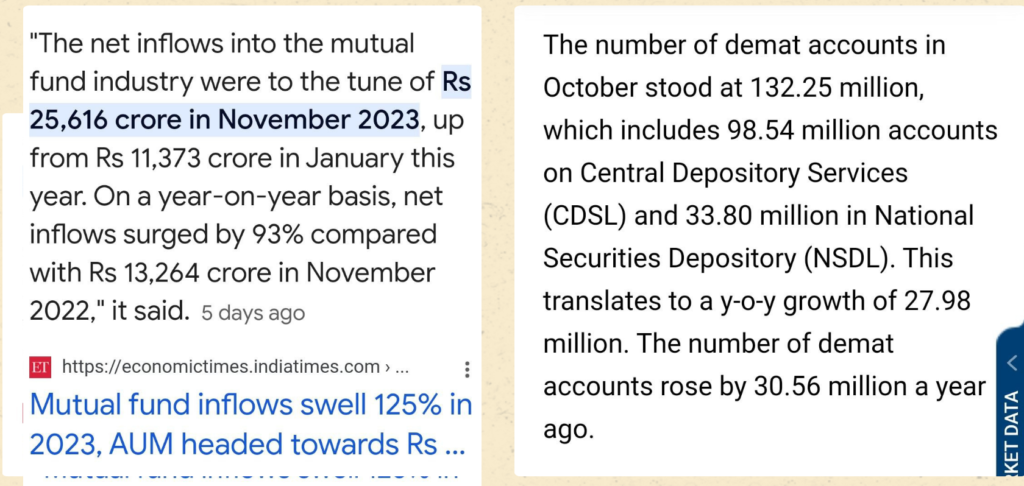
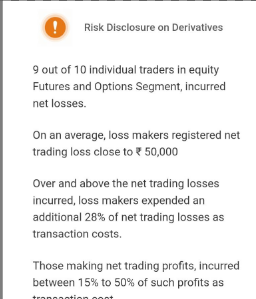

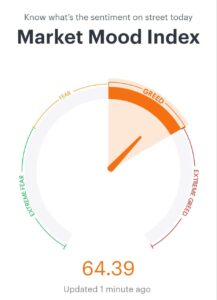


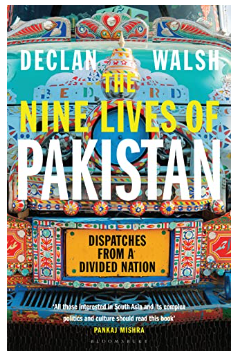

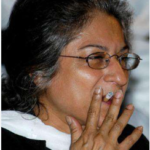 The fourth Chapter is on Asma Jahangir, the redoubtable social activist. She showed courage to taken the mighty army and the ISI. A chain smoking, anti-army woman is hardly an image one associates with an Islamic nation like Pakistan.
The fourth Chapter is on Asma Jahangir, the redoubtable social activist. She showed courage to taken the mighty army and the ISI. A chain smoking, anti-army woman is hardly an image one associates with an Islamic nation like Pakistan.



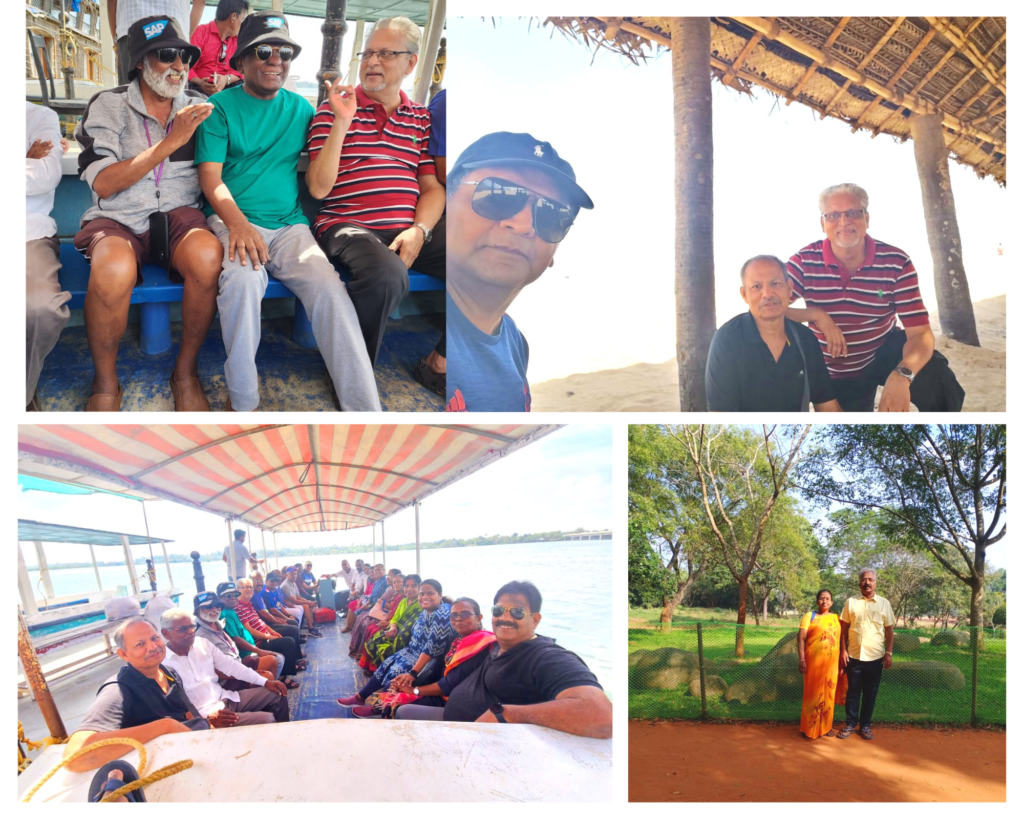
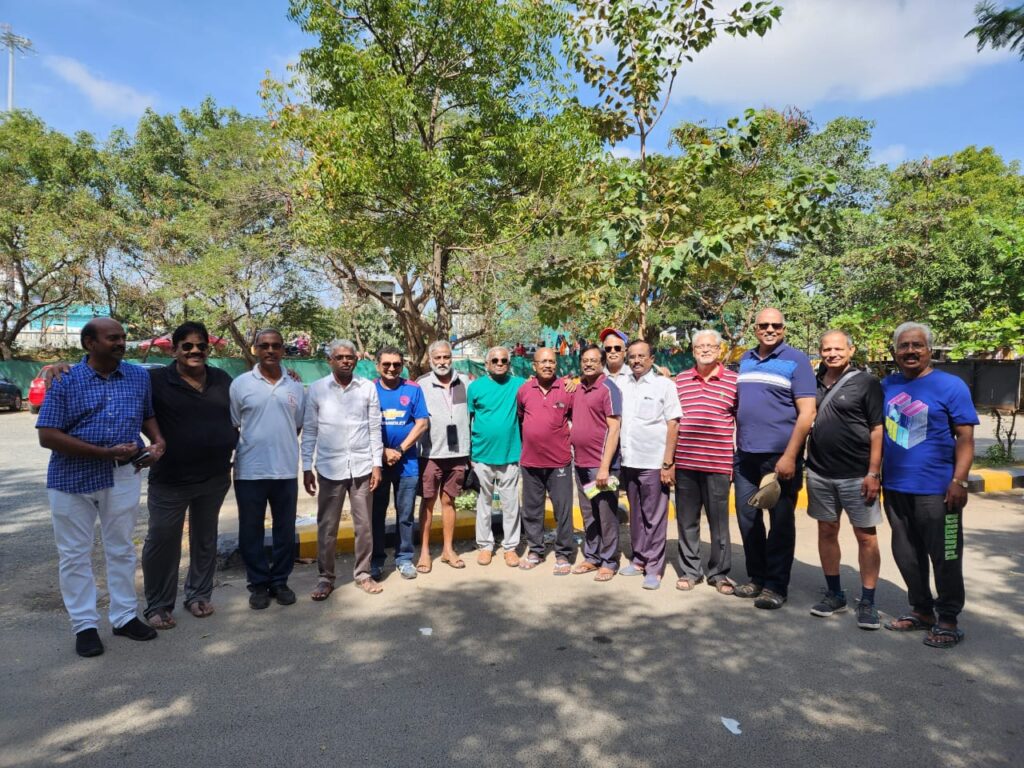







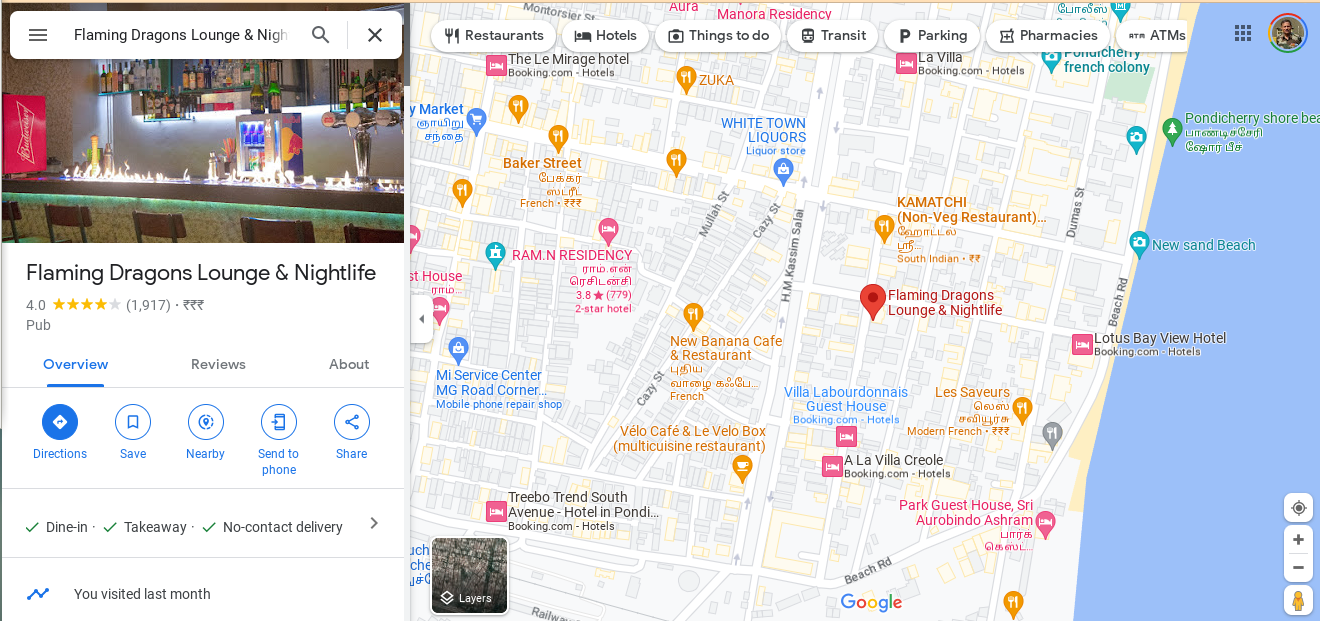




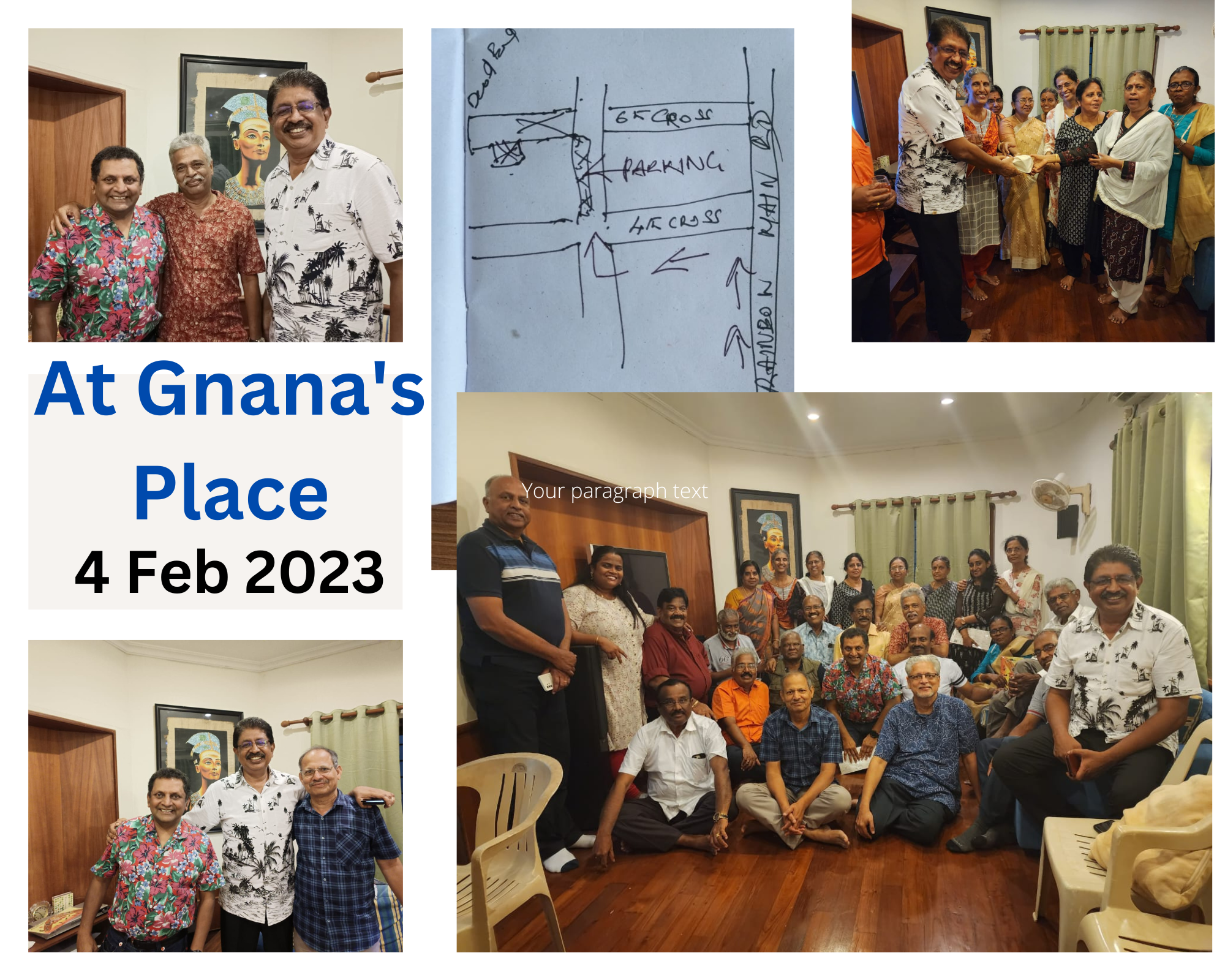 Gnana who had been keeping a low profile during the earlier proposals for a Pondy trip , came into his own this time to be fully involved along with Jayakumar. Sathya chipped in with his planning, announcements and cash management.
Gnana who had been keeping a low profile during the earlier proposals for a Pondy trip , came into his own this time to be fully involved along with Jayakumar. Sathya chipped in with his planning, announcements and cash management.
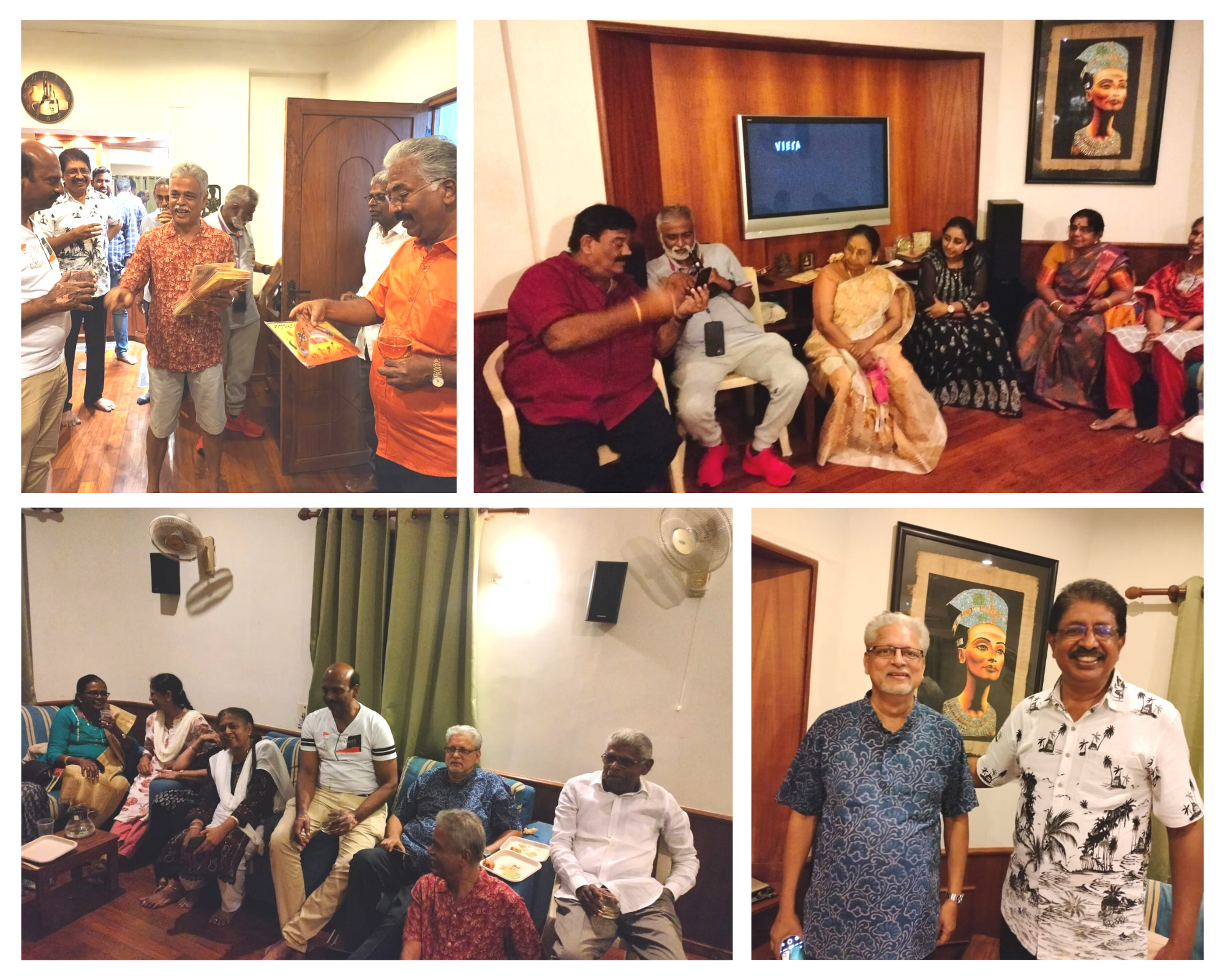
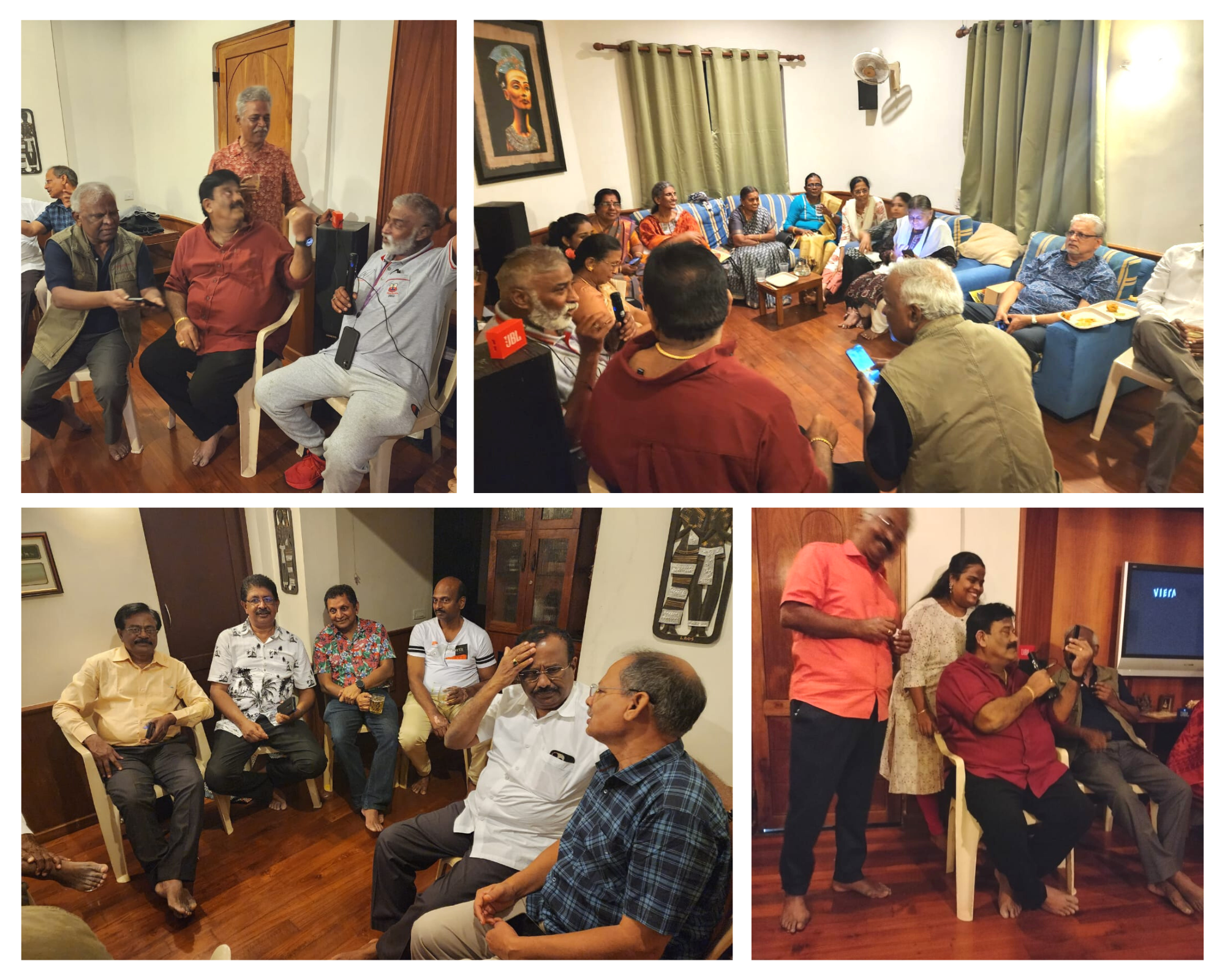



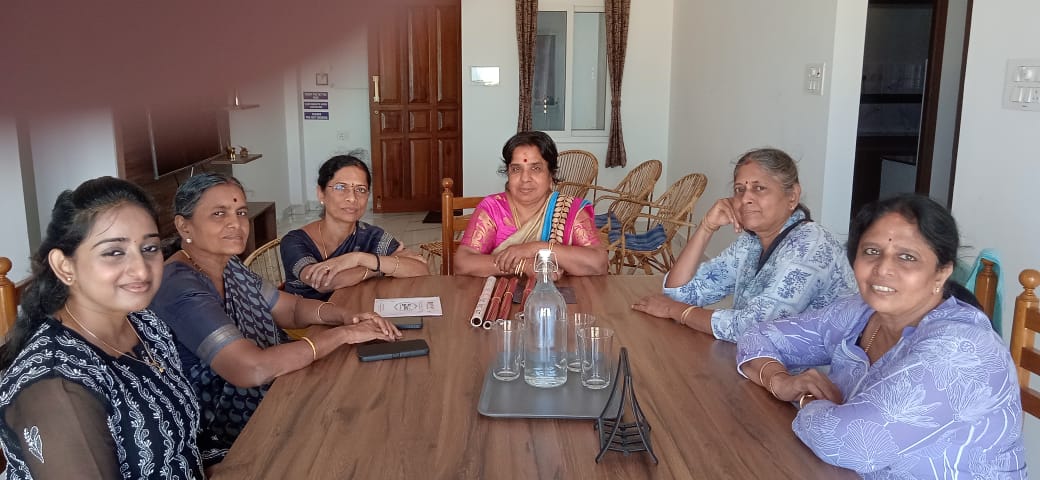
 That’s the reception Committee on 4th feb at Jeno Ramki Apartments Pondicherry.
That’s the reception Committee on 4th feb at Jeno Ramki Apartments Pondicherry.